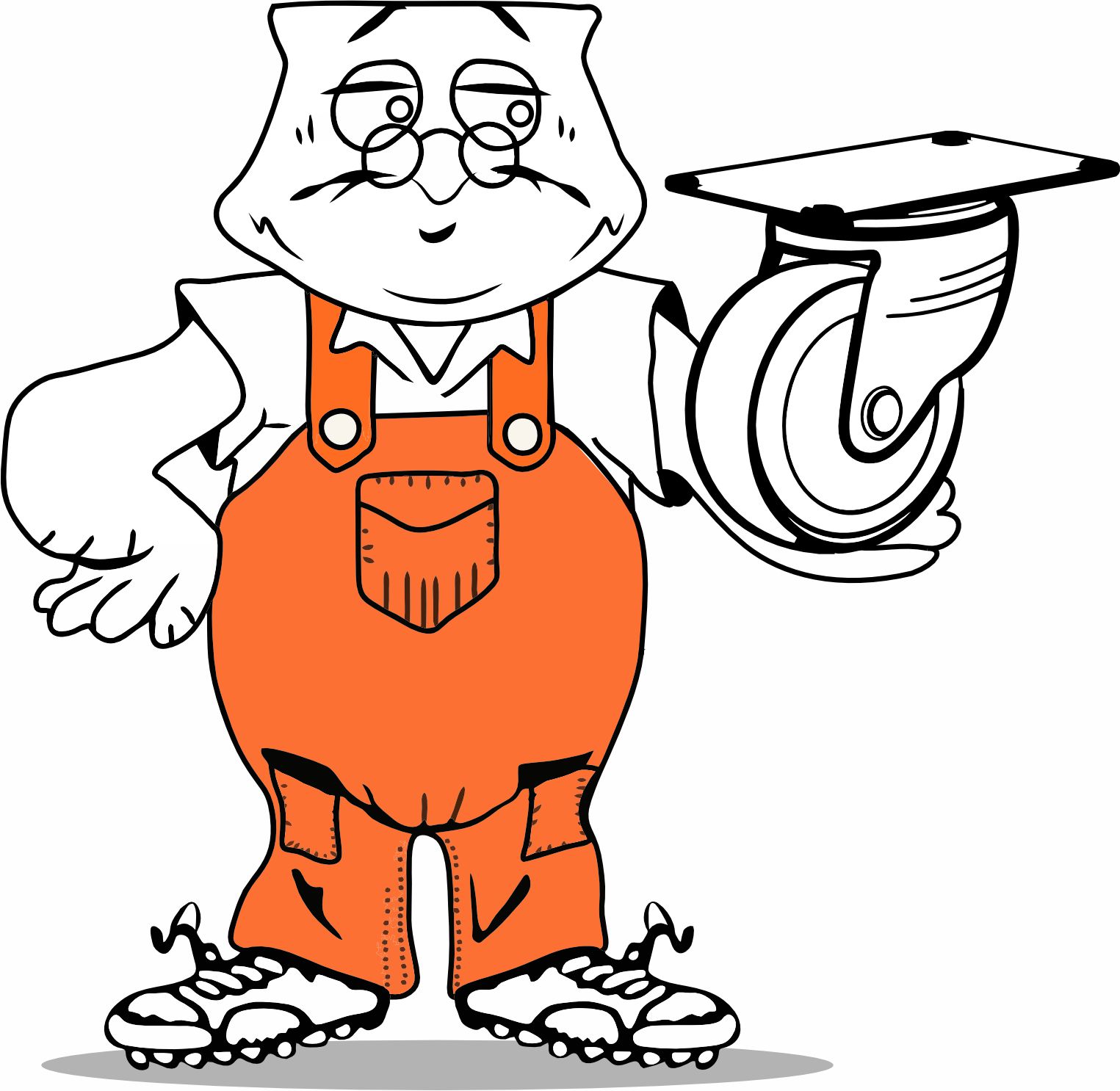Industry Specific Casters
Showing 1–18 of 611 resultsSorted by latest

At Caster City, we carry one of the largest inventory of heavy duty and light duty casters in the United States, designed to fit nearly any application.
If you are looking for casters for industrial machinery, hospital equipment, food service carts, heavy duty factory setups, every day office chairs, or even restoring vintage ovens, we have the right option and caster for you. Our inventory includes plate mount casters, stem mount casters, swivel casters, rigid casters, total locking casters, furniture casters, industry specific casters and much more. Need brakes? Most of our casters can be equipped with them (that even includes Rigid Casters – which our competitors cannot promise).
Use the filters on the left side of this page to quickly narrow down your caster options by fastening type (Swivel, Rigid, or any of our multiple stem options), wheel diameter, tread width, swivel radius, max load capacity, and more.
If you’re unsure what fits your needs or need help finding the right brake or mounting option, our sales team is just a call or email away.
Also, looking to order in bulk? Get in touch directly at sales@castercity.com for a custom quote and special pricing today.
Showing 1–18 of 611 resultsSorted by latest
And if you need CAD files, we’ve got you covered. Contact us today for instant access to our complete CAD database covering all of our Caster products. Our extensive CAD library includes detailed specifications for every model and wheel we manufacture, making it easy to find the exact caster or wheel for your project or need. For premium access to the full database, reach out directly to our Sales Engineer Team by clicking the button below
Caster City® has been supplying the highest quality plate casters, stem casters and wheels since 1977.
This include all casters and wheels: stainless, pneumatic, stem (threaded stem and expanding rubber stem ), swivel, rigid, locking, total locking, replacement, chair and furniture casters. Caster wheels include phenolic, rubber, polyurethane, polyolefin, steel, v-groove.
Caster menu on the top of each page will help you quickly navigate to your desired caster. If you need any help, feel free to call us at: 800-501-3808


Whether you’re in aerospace or pharmaceuticals, we have a caster tailored to your unique needs.

Our casters undergo rigorous testing to ensure they stand up to the demands of your industry.

Not finding what you’re looking for? Our team is on standby to craft a caster solution just for you.

We’re more than suppliers; we’re industry experts. Let’s find the best caster solutions your challenges.